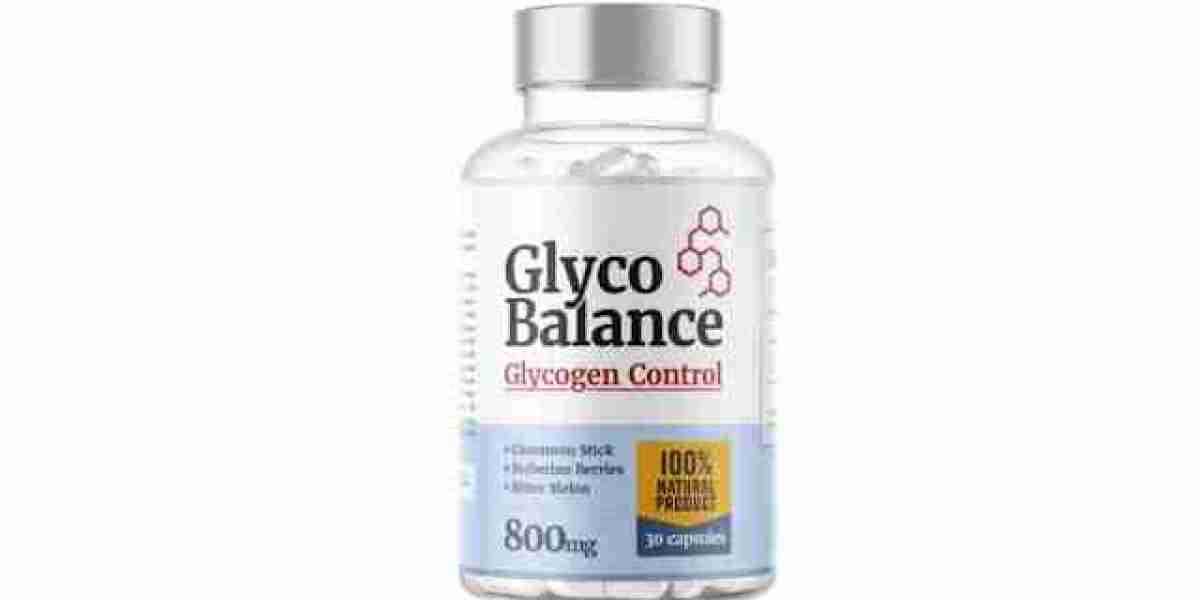For many homeowners, air conditioning is essential—not just for comfort but also for maintaining indoor air quality and protecting their home from humidity and heat damage. However, older systems can lead to high energy bills, inconsistent temperatures, and frequent repairs.
Upgrading your system isn’t just about replacing outdated equipment. Smart improvements to your current setup can improve performance, increase comfort, and lower costs. In this article, we’ll explore the top air conditioning upgrades that make a big difference in energy use and home comfort.
Why Upgrade Your Air Conditioning?
If your current air conditioning setup struggles to keep up with seasonal demands or spikes your energy bills, it might be time for an upgrade. Older units lose efficiency over time, and even newer models may underperform if not installed or maintained properly.
Improvements don’t always mean full replacement. Simple upgrades—like better thermostats or airflow enhancements—can dramatically improve the performance of your entire HVAC system.
1. Install a Smart Thermostat
Smart thermostats are one of the most affordable and effective upgrades. They learn your routines, adjust temperatures automatically, and allow remote control from your phone.
By optimizing temperature settings throughout the day, they reduce unnecessary air conditioning usage, helping you save on utility bills while staying cool and comfortable.
2. Upgrade to a High-Efficiency AC Unit
If your current unit is over 10–15 years old, upgrading to a high-efficiency model can cut energy use by up to 30%. Look for ENERGY STAR® certified units with high SEER (Seasonal Energy Efficiency Ratio) ratings.
These modern systems not only cool more efficiently but also integrate better with your HVAC system to provide more consistent airflow and better humidity control.
3. Improve Ductwork Design and Sealing
Even the best air conditioning unit will struggle if your ducts are leaking or poorly designed. Cracks, gaps, and disconnected sections can waste up to 20–30% of cooled air before it reaches your living spaces.
Sealing and insulating ductwork improves airflow, reduces strain on your system, and ensures more even temperatures throughout your home.
4. Add Zoning Controls
Zoning divides your home into separate areas with individual temperature control. This means you can cool only the rooms you use, rather than wasting energy on empty spaces.
Zoning works by installing dampers in the ducts and connecting them to your HVAC system. Paired with a smart thermostat, this upgrade can significantly reduce energy use and enhance personal comfort.
5. Install a Variable-Speed Air Conditioner
Unlike single-speed systems that constantly switch on and off, variable-speed AC units adjust their output based on current needs. This leads to more stable temperatures, less energy waste, and quieter operation.
Variable-speed systems also improve humidity control, which is a big plus in hot, sticky climates.
6. Use a Whole-Home Dehumidifier
Moisture plays a major role in how cool your home feels. If humidity levels are too high, your air conditioning has to work harder to cool the space.
A dehumidifier connected to your HVAC system helps regulate moisture levels independently. This makes your home feel cooler without lowering the thermostat and reduces wear on your cooling equipment.
7. Regular Maintenance and Filter Upgrades
Sometimes, the most effective upgrade is a good maintenance plan. Cleaning coils, checking refrigerant levels, and replacing filters keep your air conditioning running efficiently.
High-performance air filters also improve indoor air quality by trapping pollen, dust, and allergens. Keeping your system clean helps it last longer and work better year-round.
Final Thoughts
Upgrading your air conditioning system doesn’t have to mean a full replacement. With the right improvements—like smart thermostats, ductwork upgrades, and high-efficiency units—you can enjoy better comfort and lower energy costs.
Each of these upgrades works together to improve how your HVAC system operates, giving you more control over your environment and your budget. Whether you're facing rising bills or inconsistent cooling, these strategies help make your home more efficient, comfortable, and future-ready.
FAQs
1. How much can a smart thermostat save on energy bills?
Smart thermostats can save 10–15% on cooling costs by adjusting temperatures based on your habits.
2. What does SEER mean in air conditioning units?
SEER stands for Seasonal Energy Efficiency Ratio—a higher SEER means better efficiency and lower costs.
3. How often should filters be changed in AC units?
Standard filters should be replaced every 1–3 months, depending on usage and indoor air quality.
4. Can zoning systems work with older HVAC setups?
Yes, many zoning upgrades can be added to existing systems for improved control and efficiency.
5. How does humidity affect cooling performance?
High humidity makes rooms feel warmer. Dehumidifiers reduce moisture, helping you feel cooler at higher temps.






